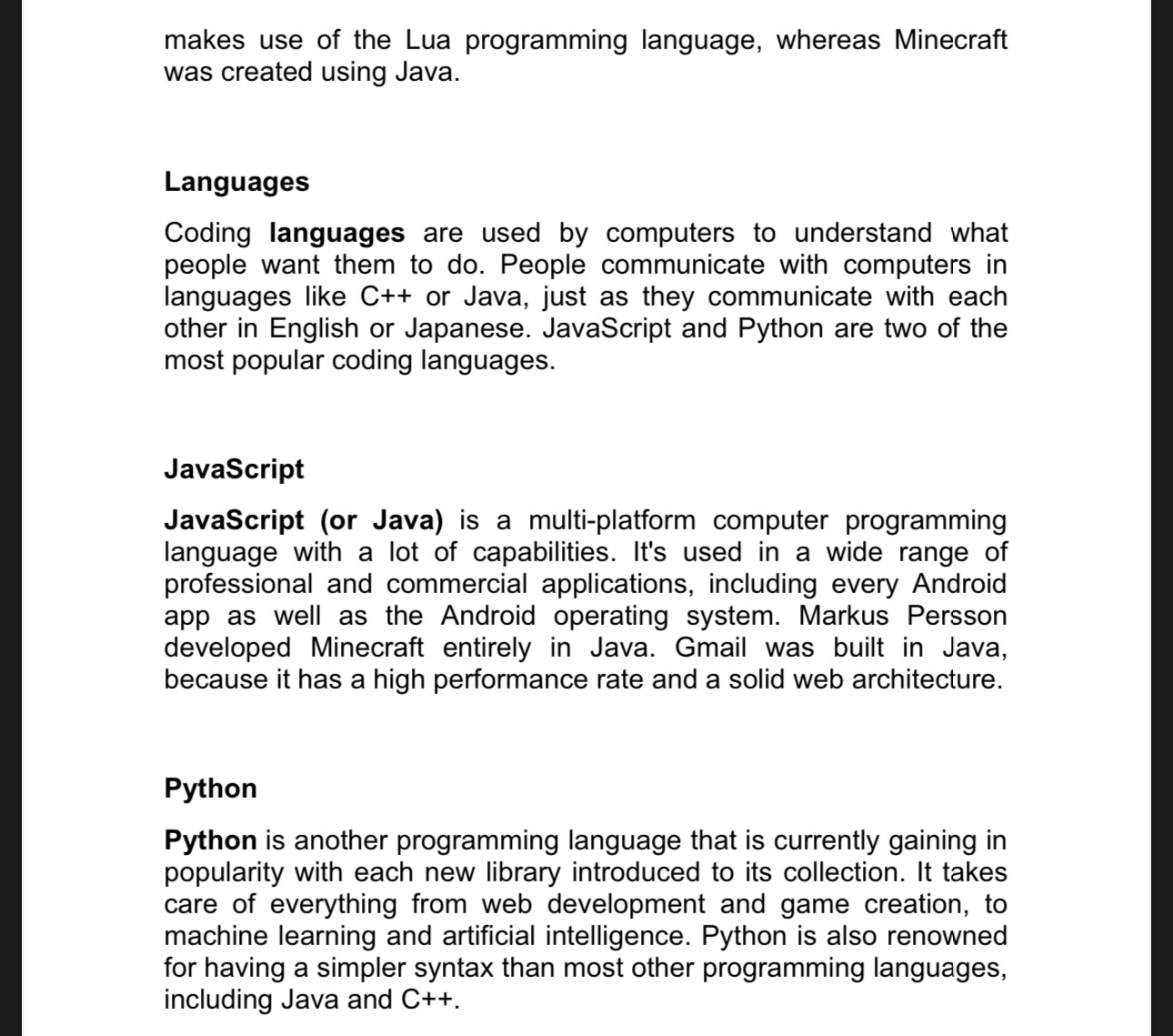You can write your glue nano-service in c/c++ if you want, it’s just that: glue. It doesn’t matter as long as you don’t need to change the original services which also can be written in whatever you want. Ruby, Python, JS just work out of the box with aws lambda and you don’t really have to maintain them or any sort of build infra so it allows for very little maintenance or upkeep cost. You don’t really test these glue lambdas either.
- 0 Posts
- 9 Comments

 3·1 day ago
3·1 day agoThis is hilarious

 2·1 day ago
2·1 day agoHow do you pronounce it?

 4·1 day ago
4·1 day agoYeah lots of people don’t realize that 1. English rules don’t matter a majority of the time, 2. English has a lot of loan words that people mispronounce, not just mispronounce from the perspective of the owning language but from an English rules perspective as well, and 3. Proper nouns don’t give a shit about anything. GIF is a proper noun, created and owned by a company. They get to call it whatever they want and the rules of the language don’t matter. I

 4·1 day ago
4·1 day agoSCUBA and NASA are always the ones I use against that argument. It would be Skuh-baa instead of scooba, and neh-sa instead of nah-suh.
And no matter what way it was spelled, it’s the only word we’re still arguing about that literally has a song to go with it to make sure everyone pronounced it correctly. It’s pretty clearly a soft g, because it was a marketing trick, not a dictionary word. It doesn’t have to follow any rules of English, just like all those companies just removing random letters and changing ck for x, etc. Flickr, tumblr, Grindr, scribd, Lyft, Kwik, Cheez, etc etc etc. Twitter was originally even twttr.
we’ve been using nano-services for the past 6 months or so. Two different reasons. A codebase we absorbed when a different team was dissolved had a bunch of them, all part of AWS AppSync functions. I hate it. It’s incredibly hard to parse and understand what is going on because every single thing is a single function and they all call each other in different ways. Very confusing.
But the second way we implemented ourselves and it’s going very well. We started using AWS Step Functions and it allows building very decoupled systems by piecing together much larger pieces. It’s honestly a joy to use and incredibly easy to debug. Hardest part is testing, but once it’s working it seems very stable. But sometimes you need to do something to transform data to piece together these larger systems. That’s where ‘nano-services’ come in. Essentially they’re just small ruby, python, js lambdas that are stuck into the middle of a step function flow in order to do more complex data transformation to pass it to the next node in the flow. When I say small I mean one of the functions we have is just this
def handler(event:, context:) if event['errorType'] clazz = Object.const_set event['errorType'], Class.new(StandardError) raise clazz.new.exception, event['errorMessage'] end event endto map a service that doesn’t fail with a 4xx http code to one that does fail with a 4xx http code.
You could argue this is a complete waste of resources, but it allows us to keep using that other service without any modifications. All the other services that depend on that service that maps its own error types can keep working the way they want. And if we ever do update that service and all its dependencies, now ‘fixing’ the workflow is literally as simple as just deleting the node and the ‘nano-service’ to go along with it.
I should note that the article is about the first thing I discussed, the terrible codebase. Please don’t use nano-services like that, it’s literally one of the worst codebases I’ve ever touched and no joke, it’s less than 2 years old.

 1·4 days ago
1·4 days agoI’ve been using jellyfin for like 7-9 years and have never had that happen lol.
edit: apparently jellyfin hasn’t existed that long so I must have been using it since the day it came out 😂 I know I started using it the moment Plex took apps or plugins or whatever it was and made them paid. I realized it was being enshittified and immediately left.

You didn’t read what I wrote at all.